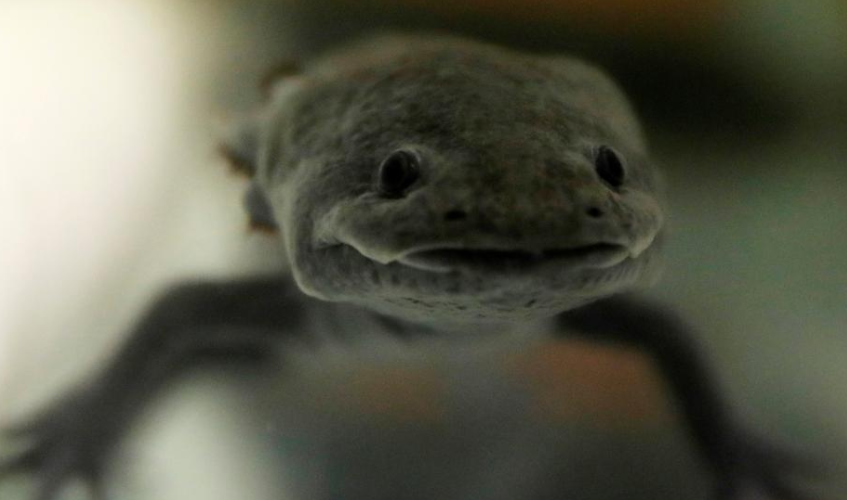Mexico’s axolotl salamander can almost magically heal itself, holding the power to regrow its heart and brain. But there is one feat it may not pull off: survive dire threats to the last wild place it calls home.
Plagued by polluted water, predatory fish and the steady encroachment of one of the world’s biggest megacities, the tiny amphibian steeped in mythological lore has all but disappeared from its home in the muddy canals of southern Mexico City.
Once a mainstay on the banquet tables of Aztec kings, in 1998 there were about 6,000 axolotls per square kilometer . . .






